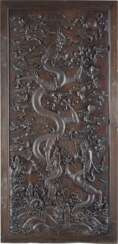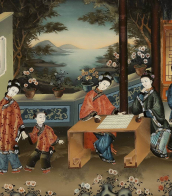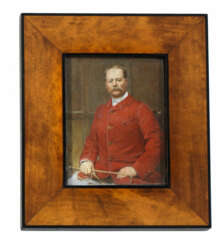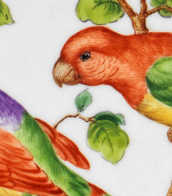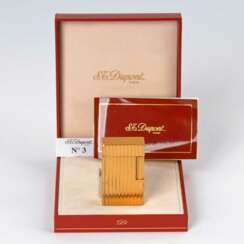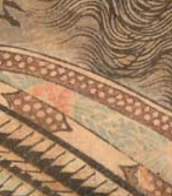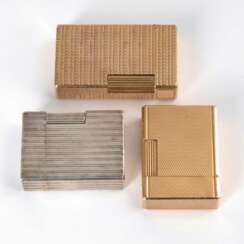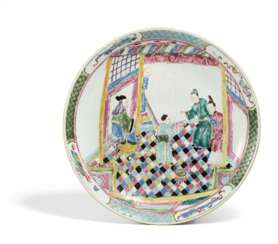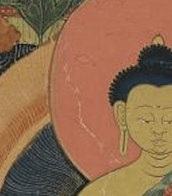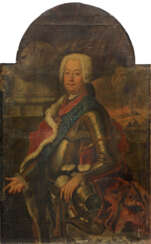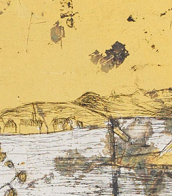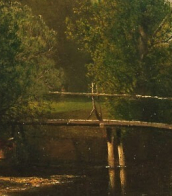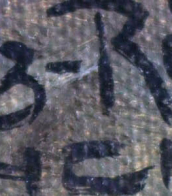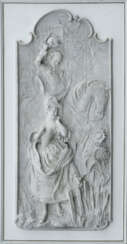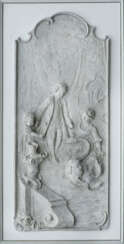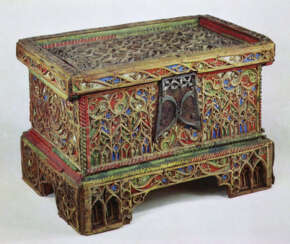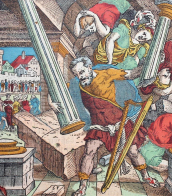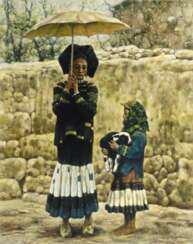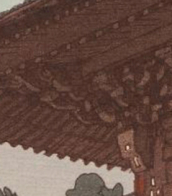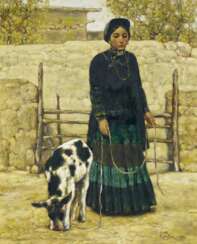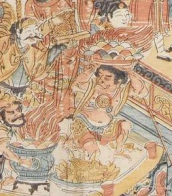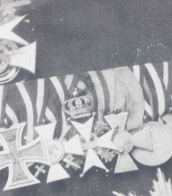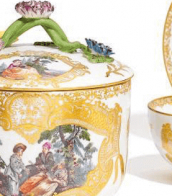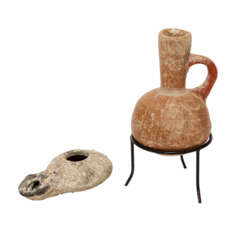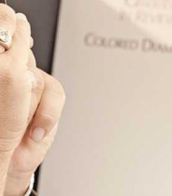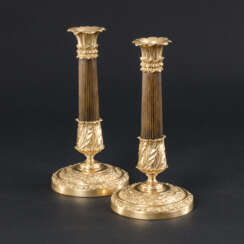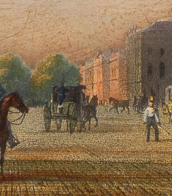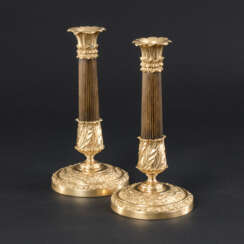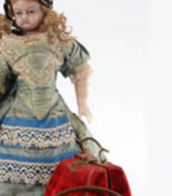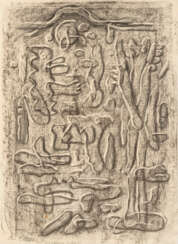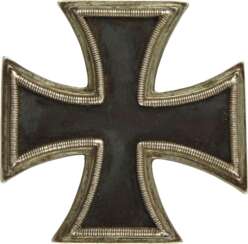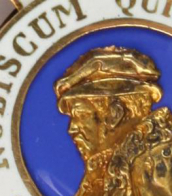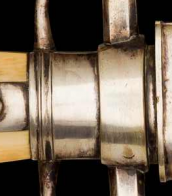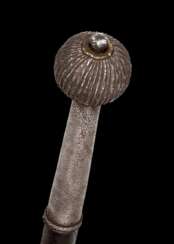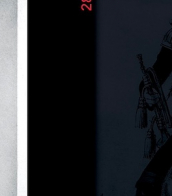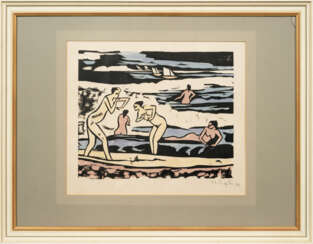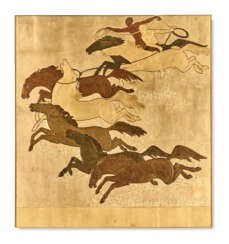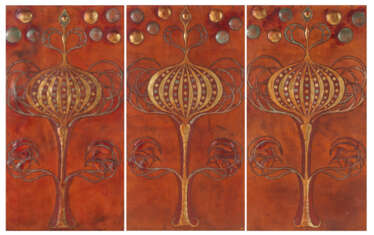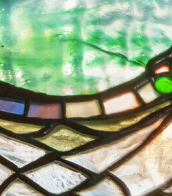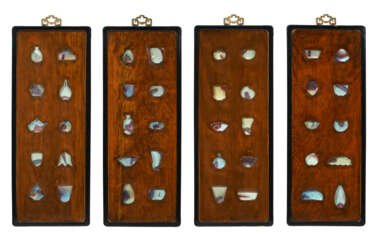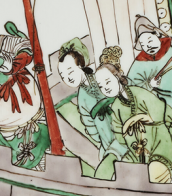41 Items by auctions and galleries:
täfelung
Lot 1011 Relieffiguren und Formen, 1952
Willi Baumeister (1889 - 1955) 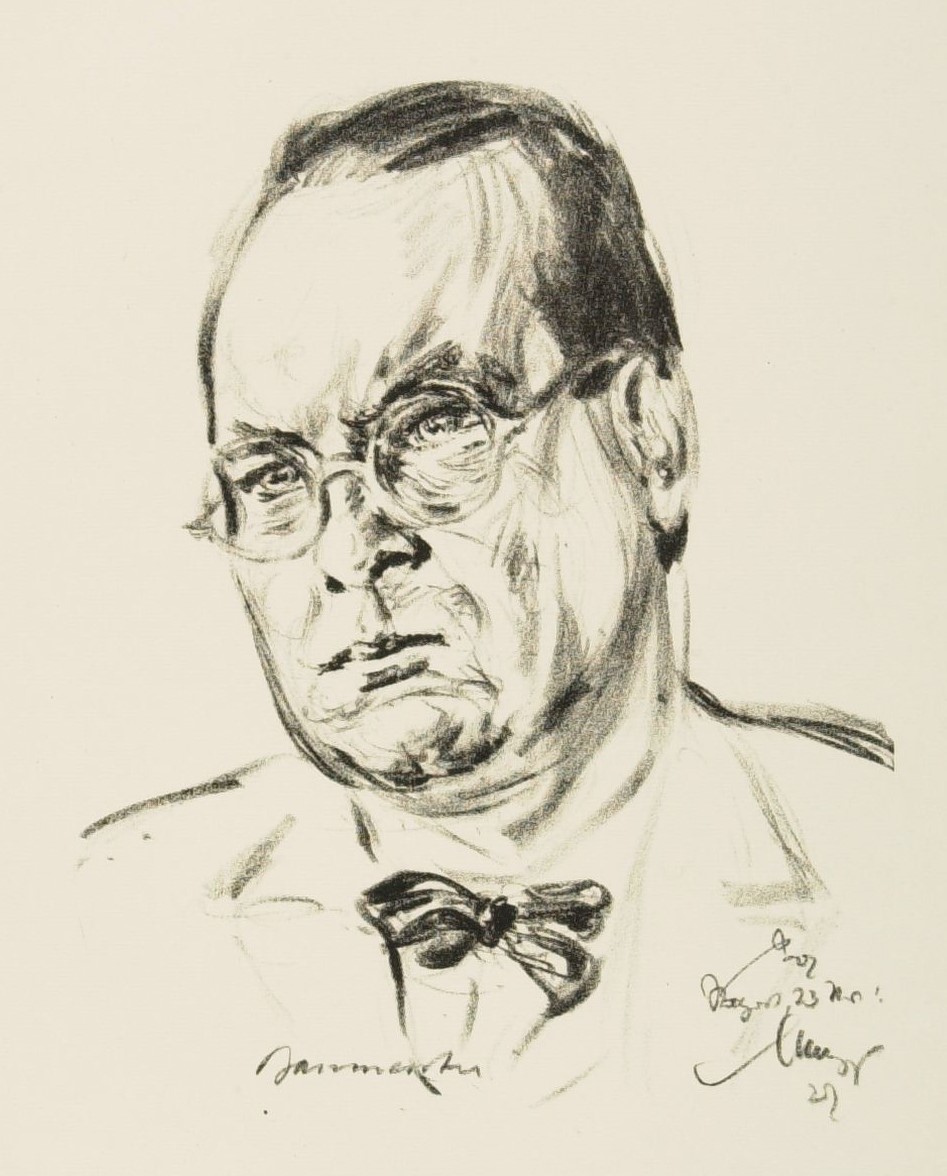 783 | Modern & сontemporary art
783 | Modern & сontemporary art 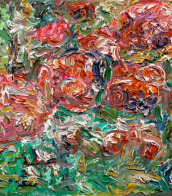

Willi Baumeister
22.01.1889 - 31.08.1955
Germany
Willi Baumeister was a German painter, scenic designer, art professor, and typographer. His work was part of the art competitions at the 1928 Summer Olympics and the 1932 Summer Olympics.

Nagel Auktionen GmbH
783 | Modern & сontemporary art
Date: 20.11.2019 11:00 UTC +01:00
Number of lots in the catalog: 493
Lot 257 JEAN DUNAND (1877-1942)
Jean Dunand (1877 - 1942) .jpeg) Design
Design 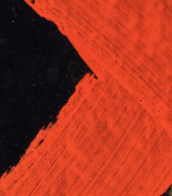
.jpeg)
Jean Dunand
20.05.1877 - 07.06.1942
France, Switzerland
Jean Dunand was a Swiss and French painter, sculptor, metal craftsman and interior designer during the Art Deco period. He was particularly known for his lacquered screens and other art objects.

CHRISTIE'S
Design
Date: 07.06.2022 11:00 UTC +00:00
Number of lots in the catalog: 176
Lot 441 A SET OF TWELVE GERMAN PAINTED PANELS
The Ann & Gordon Getty Collection: Volume 3 | English and European Furniture, Porcelain and Silver, Day Sale 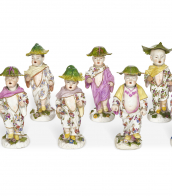

CHRISTIE'S
The Ann & Gordon Getty Collection: Volume 3 | English and European Furniture, Porcelain and Silver, Day Sale
Date: 22.10.2022 10:00 UTC -05:00
Number of lots in the catalog: 155
Lot 320 A PAIR OF ITALIAN GILTWOOD TROPHIES
The Ann & Gordon Getty Collection: Volume 3 | English and European Furniture, Porcelain and Silver, Day Sale 

CHRISTIE'S
The Ann & Gordon Getty Collection: Volume 3 | English and European Furniture, Porcelain and Silver, Day Sale
Date: 22.10.2022 10:00 UTC -05:00
Number of lots in the catalog: 155
